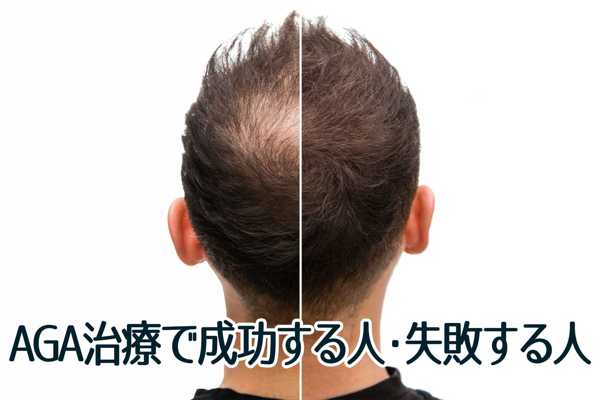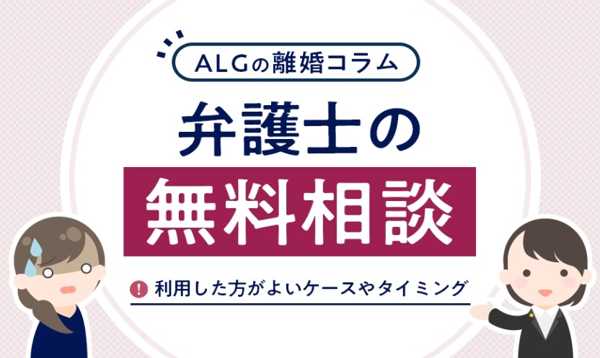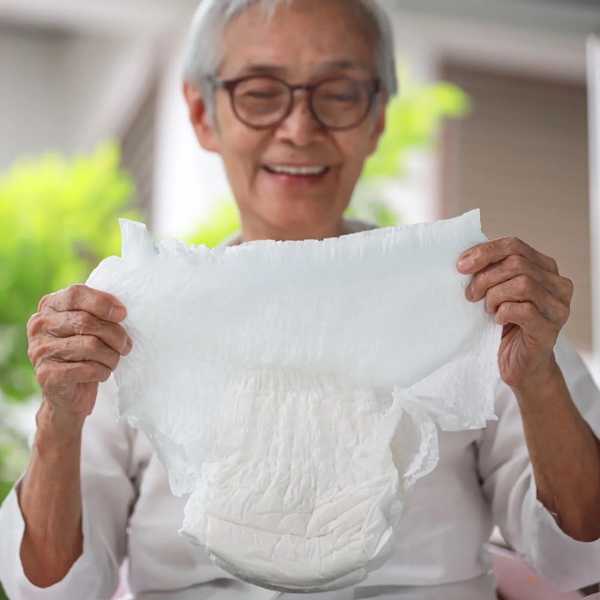ブランド品を安く買う方法|お得に購入したい方必見
Understanding Thyroid Eye Disease: A Comprehensive Guide to Diagnosis and Management
Thyroid Eye Disease (TED), also known as Graves' orbitopathy, is an autoimmune disorder that affects the tissues surrounding the eyes. It often occurs alongside thyroid conditions like Graves' disease, but it can also affect people with other thyroid imbalances. TED can lead to a range of distressing symptoms, including eye bulging, pain, and vision problems. Understanding the condition, its symptoms, and the available treatment options can help individuals better manage the disease and improve their quality of life.
Thyroid Eye Disease (TED), also known as Graves' orbitopathy, is an autoimmune disorder that affects the tissues surrounding the eyes. It often occurs alongside thyroid conditions like Graves' disease, but it can also affect people with other thyroid imbalances. TED can lead to a range of distressing symptoms, including eye bulging, pain, and vision problems. Understanding the condition, its symptoms, and the available treatment options can help individuals better manage the disease and improve their quality of life.

What Is Thyroid Eye Disease?
Thyroid Eye Disease is a condition in which the immune system mistakenly attacks the muscles and tissues around the eyes. This can cause inflammation, swelling, and, in some cases, damage to the eye structures. While TED is most commonly associated with hyperthyroidism and Graves' disease, it can also occur in individuals with hypothyroidism, Hashimoto’s disease, and other thyroid disorders. TED typically affects adults between 30 and 60 years of age and is more common in women than men.
Recognizing the Symptoms of TED
Thyroid Eye Disease can manifest in several ways, and the severity of symptoms can range from mild to debilitating. Early diagnosis and intervention are crucial to prevent long-term damage and improve outcomes.
Protruding Eyes (Exophthalmos): One of the most recognizable signs of TED is bulging or protruding eyes. The swelling of the tissues behind the eyes causes them to push forward, often making it difficult to fully close the eyelids. This can lead to dry eyes, irritation, and excessive tearing.
Eyelid Retraction: In some cases, the upper or lower eyelids may be pulled back, creating a wide-eyed, "staring" appearance. This can cause discomfort, dryness, and difficulty blinking, further contributing to eye irritation.
Vision Problems: Swelling around the eyes can affect the muscles that control eye movement, leading to double vision, blurred vision, or misalignment of the eyes. Severe cases of TED may even result in permanent vision loss.
Eye Pain and Pressure: Many individuals with TED experience pain or a feeling of pressure behind the eyes, which may worsen when moving the eyes. Light sensitivity and a feeling of "grittiness" in the eyes are also common complaints.
Swelling Around the Eyes: Inflammation in the tissues surrounding the eyes can lead to noticeable puffiness, making the eyes appear more prominent.
Who Is at Risk for Thyroid Eye Disease?
Certain factors increase the risk of developing TED, including:
Thyroid Disorders: Individuals with hyperthyroidism or Graves' disease are most likely to develop TED. However, TED can also occur in people with other thyroid conditions, including hypothyroidism or Hashimoto’s disease.
Smoking: Smoking is a major risk factor for TED. Research has shown that smokers are more likely to develop TED, and smoking can worsen the severity of the disease.
Age and Gender: TED typically affects individuals between the ages of 30 and 60. It is more common in women, although men can also develop the condition.
Genetics: A family history of thyroid disease or TED can increase the likelihood of developing the condition.
Poorly Managed Thyroid Function: Uncontrolled thyroid hormone levels—whether too high or too low—can increase the risk of developing TED or exacerbate existing symptoms.
Treatment Options for Thyroid Eye Disease
The treatment of TED depends on the severity of the disease and the symptoms experienced. Mild cases may only require supportive care, while more severe cases may need medical treatments or surgery. Here are the primary options:
Tepezza (Teprotumumab): This groundbreaking medication has revolutionized the treatment of TED. Tepezza targets the inflammation that causes TED symptoms, helping to reduce bulging eyes, double vision, and eye pain. Studies have shown that Tepezza can lead to significant improvements in both appearance and comfort for individuals with moderate to severe TED.
Corticosteroids: Corticosteroids like prednisone are used to control acute inflammation during flare-ups of TED. They are typically administered in short bursts to reduce inflammation and improve symptoms.
Orbital Decompression Surgery: In cases where TED causes severe eye bulging and vision problems, surgery may be necessary. Orbital decompression involves removing some of the bone or tissue around the eyes to reduce pressure and reposition the eyes. This surgery can help improve eye alignment and reduce the risk of vision loss.
Radiation Therapy: For some individuals, radiation therapy can help reduce inflammation in the tissues around the eyes. Radiation is typically used in conjunction with other treatments when symptoms are not fully controlled.
Supportive Care: For milder forms of TED, supportive care can go a long way in improving comfort. Using lubricating eye drops, wearing sunglasses to protect from light sensitivity, and keeping the eyes well-moisturized can help manage symptoms.
Coping with Thyroid Eye Disease
Living with TED can be challenging, but there are several strategies to improve daily life and manage the condition effectively.
Join Support Groups: Connecting with others who have TED can provide emotional support and valuable coping strategies. Support groups, both online and in-person, offer a sense of community and shared understanding.
Regular Monitoring of Thyroid Health: Since TED is closely linked to thyroid health, it’s important to work with both an endocrinologist and an ophthalmologist to monitor thyroid function and eye health regularly. Consistent monitoring can help detect changes early and ensure appropriate treatment.
Stress Reduction: Stress can trigger or worsen TED symptoms, so finding ways to manage stress is essential. Practices such as meditation, yoga, or deep-breathing exercises can help promote relaxation and reduce overall stress levels.
Protecting the Eyes: To protect the eyes from further damage, it’s important to use eye creams, sunglasses, and gentle makeup. Additionally, elevating the head during sleep can help reduce puffiness around the eyes.
Conclusion: Managing Thyroid Eye Disease for a Better Quality of Life
Thyroid Eye Disease can be a difficult and sometimes distressing condition, but with early diagnosis and appropriate treatment, individuals can manage their symptoms effectively. The key to successful treatment lies in a combination of medical therapies, regular monitoring of thyroid health, and lifestyle modifications to improve daily living.
If you experience symptoms of TED or have a thyroid disorder, it’s essential to consult with a healthcare provider who can offer a personalized treatment plan tailored to your needs. With the right care and support, individuals with TED can live full, active lives.











